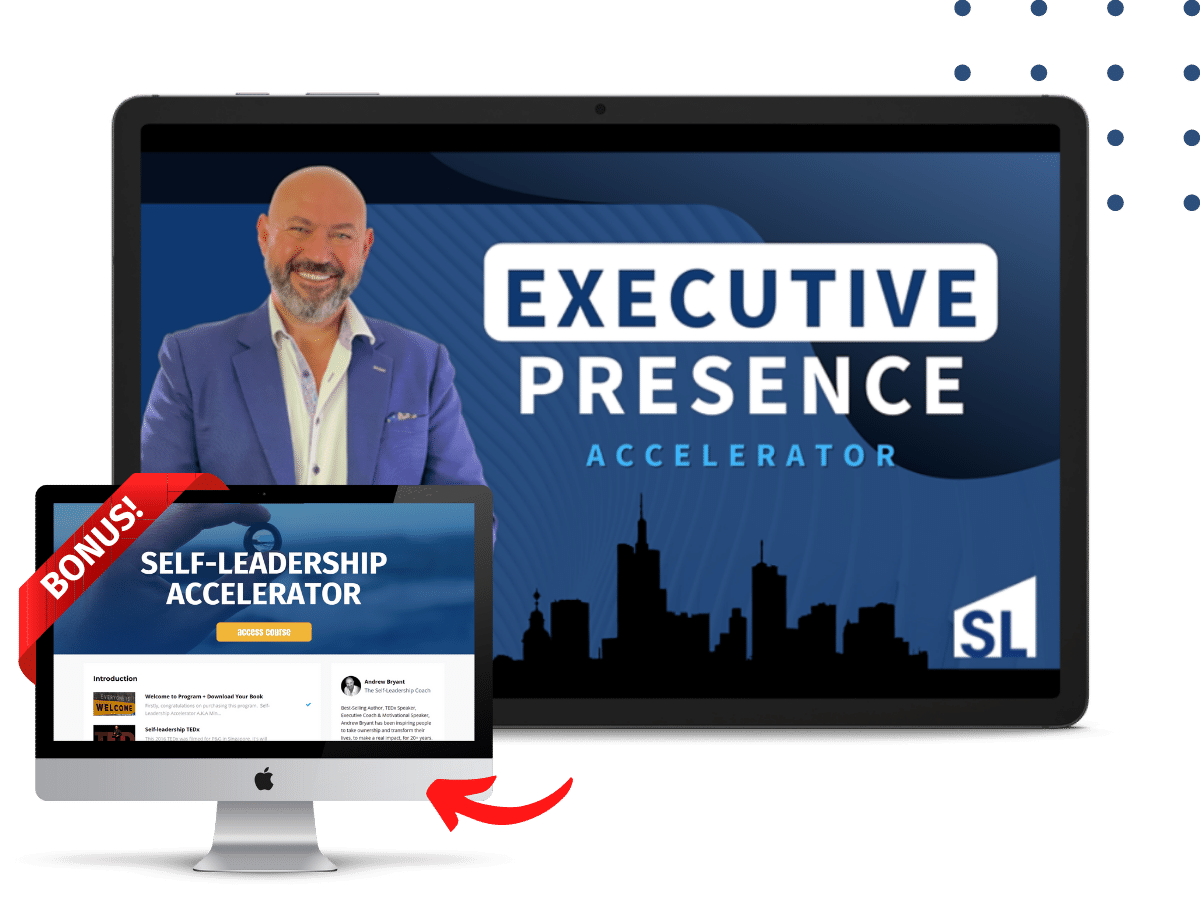Ace your Annual Performance Review

Your annual review or performance conversation can either be an opportunity to advance your career or, feel like a failed parole hearing, condemning you to another year of being stuck in situ.
This week, I was coaching a Senior Director in charge of Enterprise Strategic Planning. He has an upcoming quarterly performance review and asked me how to prepare. In my experience, coaching hundreds of executives to senior leadership and C-Suite roles, I have noticed that the ‘difference that makes the difference’ is proactivity.
Proactive Prior Planning Prevents Poor Performance (PPPPP). Here is the 3-phase strategy I shared with my client so that you too can ace your next review or performance conversation.
Review your own Performance
Your boss is likely to start the conversation by asking,
“How do you think you have done?”
This opening invites you to show your self-awareness of your achievements, but so many people trip over themselves with this first question. Either they try to be humble, focus on failings, or have no concrete examples to showcase their value to the organization.
The solution is to provide some STAR examples. STAR is an acronym for Situation, Task, Action, and Results. During any performance review period, you have faced Situations or been delegated Tasks. You have taken action toward objectives and created Results.
For example, a marketing executive may have faced the Situation that during Covid19 their budget was cut nevertheless they were Tasked with providing sales leads. The marketing executive took action to go to existing clients and get video testimonials on how they were using the company’s product during the pandemic. The results were a healthy sales pipeline, despite the reduced budget.
When asked, “How do you think you have done?” This marketing executive could respond using the STAR framework.
“Well, considering the situation at the beginning of the quarter, when the budget was cut and I was tasked with maintaining the sales pipeline, I believe the actions I took personally and through my team have positively contributed to the company. Specifically, I approached our loyal clients to provide video testimonials of how they are using our product during this time. I set expectations for my team on how to collect and edit these videos, and how to distribute them on Social Media. These actions have resulted in over 500 qualified sales leads.”
Depending on the period between reviews, I advise you to get 1 to 5 STAR examples ready to show your value and contribution to the organization.
Receiving and Reviewing Performance Feedback

The second phase of the conversation will be your boss giving you feedback on your performance. This will either be initiated by your boss or you may need to ask for feedback on how they perceive your performance.
Ideally, feedback would be delivered in the FIF format of Factual observations of behavior, the Impact of that behavior, and Future behaviors to stop, start, or continue. This will not always be the case, as many managers and leaders are notoriously bad at giving effective feedback.
Your job is to hear the feedback, however, delivered, in a non-defensive way.
Take on an attitude of curiosity. Ask for clarification on each point on how specifically your actions were working or not working towards stated objectives. Do not accept vague descriptions such as, “you could do better” or “your performance was fine”. Ask –
“How specifically could I have done better?”
“When you say, fine, what do you mean exactly?”
Your goal is to clarify your boss’s criteria for success. If you fail to understand what these criteria are, you will be doomed to another period of guessing.
Taking it to the next level with Feedforward
My friend and fellow coach, Marshall Goldsmith, is famous for the concept of Feedforward.
Most people have braced themselves to receive feedback, sigh with relief when it’s over, and then leave the performance conversation without getting the real ‘gold’.
Feedback lets you know how your past efforts have been perceived. Feedforward allows you to seed your intention for advancement and get valuable information to ‘put you in the picture’ for promotion. Feedforward asks the question, “How can I be better?”
The secret is to ‘frame’ the question, for example:
“Realizing that my next career step would be Senior Vice President, could you please share with me, how can I be better in my current role to ensure that I am ready for that opportunity?”
Just like with feedback, it is essential to get the specific criteria for success so that you know exactly what you need to do, from your boss’s perspective to get your desired role.
The thing about feedforward is that you do not need to limit yourself to just performance appraisals or conversations with your boss, you can reach out to other senior stakeholders within your company.
I have not yet heard back from my client about how his appraisal went, but I guarantee he was better prepared. Will you be ready?
Do you want the 'Secret Sauce' to Career Development?
Executive Presence is the ability to project gravitas, confidence, and poise under pressure. The Executive Presence Accelerator is an on-demand online program to build your confidence and gravitas.
GET A FREE CHAPTER
THE NEW LEADERSHIP PLAYBOOK
BEING HUMAN WHILST DELIVERING ACCELERATED RESULTS




